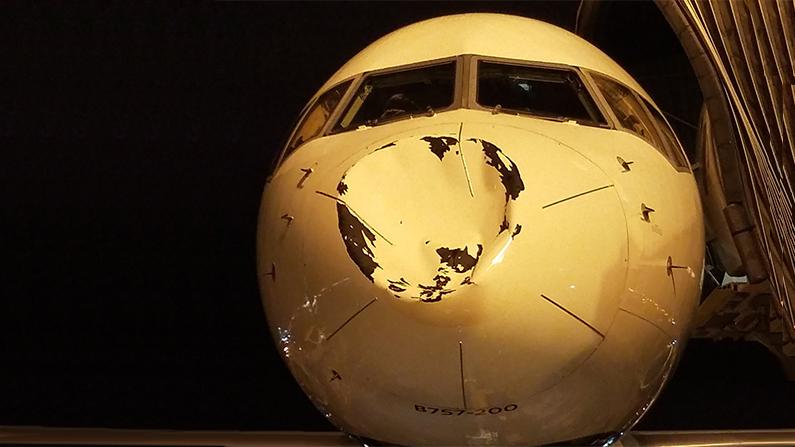The NBA’s Oklahoma Thunder took a lot of shots in their game against the Minnesota Timberwolves on the night of Friday, Oct. 27.
None of those were anything compared to the shot their plane took while flying home early Saturday morning.


The NBA’s Oklahoma Thunder took a lot of shots in their game against the Minnesota Timberwolves on the night of Friday, Oct. 27.